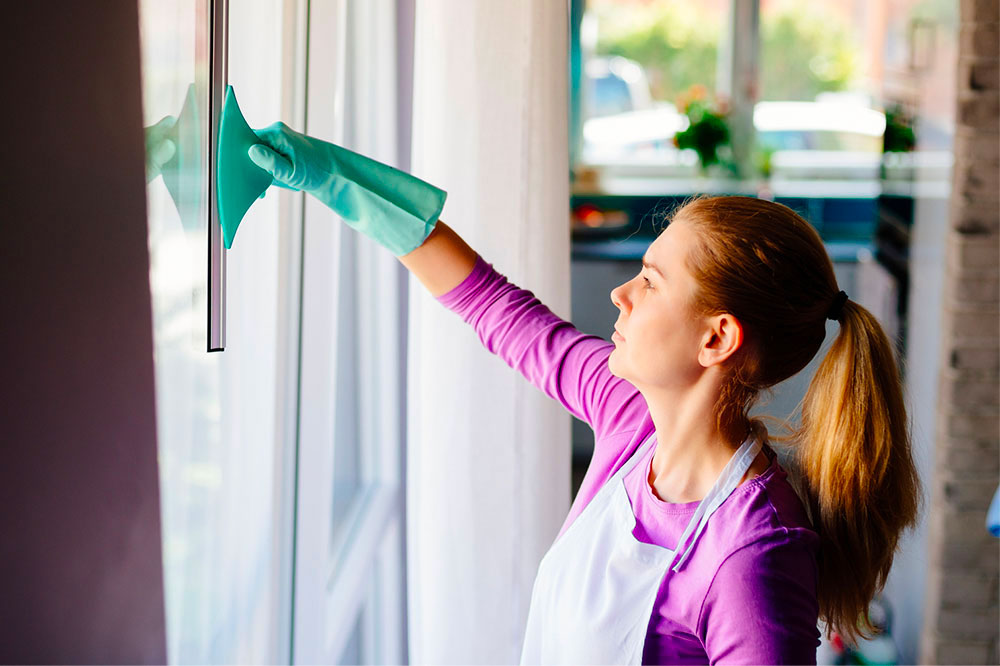Avoid these cleaning mistakes for a hygienic home

Cleaning the house is not as easy as it appears. Before starting, you must know precisely how, when, and what to clean because trial and error might not help. Sometimes, you could be making cleaning mistakes without realizing it, which do not allow you to get the desired results. To prevent that and help you keep your home clean and tidy, we have listed the top five cleaning mistakes to avoid.
But before we get there, if you have a cat at home, Fresh Step® regular cat litter is an easy and convenient way to keep your indoors clean and odor-free. It contains activated charcoal and highly porous clay that quickly neutralizes odor and carries no additional fragrances. The company also provides options like non-clumping litter. Moreover, if you’re looking for cleaners, Clorox Disinfecting cleaners are a great way of ensuring your laundry and furniture are squeaky clean without any unwanted odors. Clorox cleaners can effectively rid your home of common harmful bacteria like E. coli and Salmonella. These cleaners do not compromise their quality of fabric or leave behind a slimy layer on your furniture.
Read on to know the top five cleaning mistakes to avoid.
Starting at the wrong spot in the room
Nobody wants to spend more time than necessary cleaning. You will have to backtrack and redo if you commence at the wrong spot while deep cleaning. So, start by decluttering the things you do not want in the room. Put them back in their original spot or discard them. Now, as you start cleaning, begin from the top, and go all the way down. If you start from the bottom and move to the top, the dirt and dust from the top will travel downwards, and you may have to clean it again.
People often use cheaper garbage bags to collect dirt and debris. But these may tear when you take out the trash, causing a mess in the house all over again. As a workaround, we recommended using Simplehuman’s trash bags, which are custom-made to fit small, medium, or large trash cans. The bag liners are also carbon-infused to prevent bad odors in the house.
Using too much cleaning product
People often have a notion that more is better. However, it is far from the truth, especially when using chemicals and solutions. While these products with unique formulas can help remove tough stains, you should only use the quantity suggested by the manufacturer. This information is usually mentioned on the packaging labels. It may be challenging to get rid of an extra cleaning solution, and it can also damage the flooring and other surfaces.
Using dish soap on the wooden chopping boards
After using wooden cutting boards, people usually use dish soap to clean them. But warm water and soap may not always suffice. It is one of the cleaning mistakes to avoid. Instead, soak the chopping board in the bleach solution to prevent cross-contamination when preparing for the next meal.
Mixing products
Stubborn stains are the worst. Many people mix cleaning products to tackle these challenging nasty marks, thinking it will amplify the cleaning power. Mixing is not only ineffective but also one of the most dangerous cleaning mistakes to avoid. Most cleaners contain incompatible chemicals, and putting them together may trigger a reaction.
Overloading the dishwasher
Regardless of how powerful or large the dishwasher is, putting too much stuff in it makes cleaning dramatically ineffective. So do not overload. In addition, rinse similar utensils before putting them into a dishwasher.
Moreover, not hiring professional cleaning services is another common mistake to avoid. Several people may not hire a cleaning service due to added costs. However, services like SERVPRO offer house cleaning options at reasonable rates. You may hire SERVPRO house cleanup specialists, who carry out the required cleaning services seamlessly. Some of the services offered by SERVPRO cleanup experts include cleaning carpets, upholstery, ceiling, floors, and walls, and treatments for blinds, drapes, and windows.
Alternatively, a good DIY solution would be using effective cleaning products to eliminate all the dirt, grime, stains, and germs. One such solution for your laundry is the OxiClean™ laundry detergent. OxiClean™ offers a wide range of detergents with mild scents that make your clothes look clean and smell fresh. The brand also offers color-safe and bleach-free stain removers.


